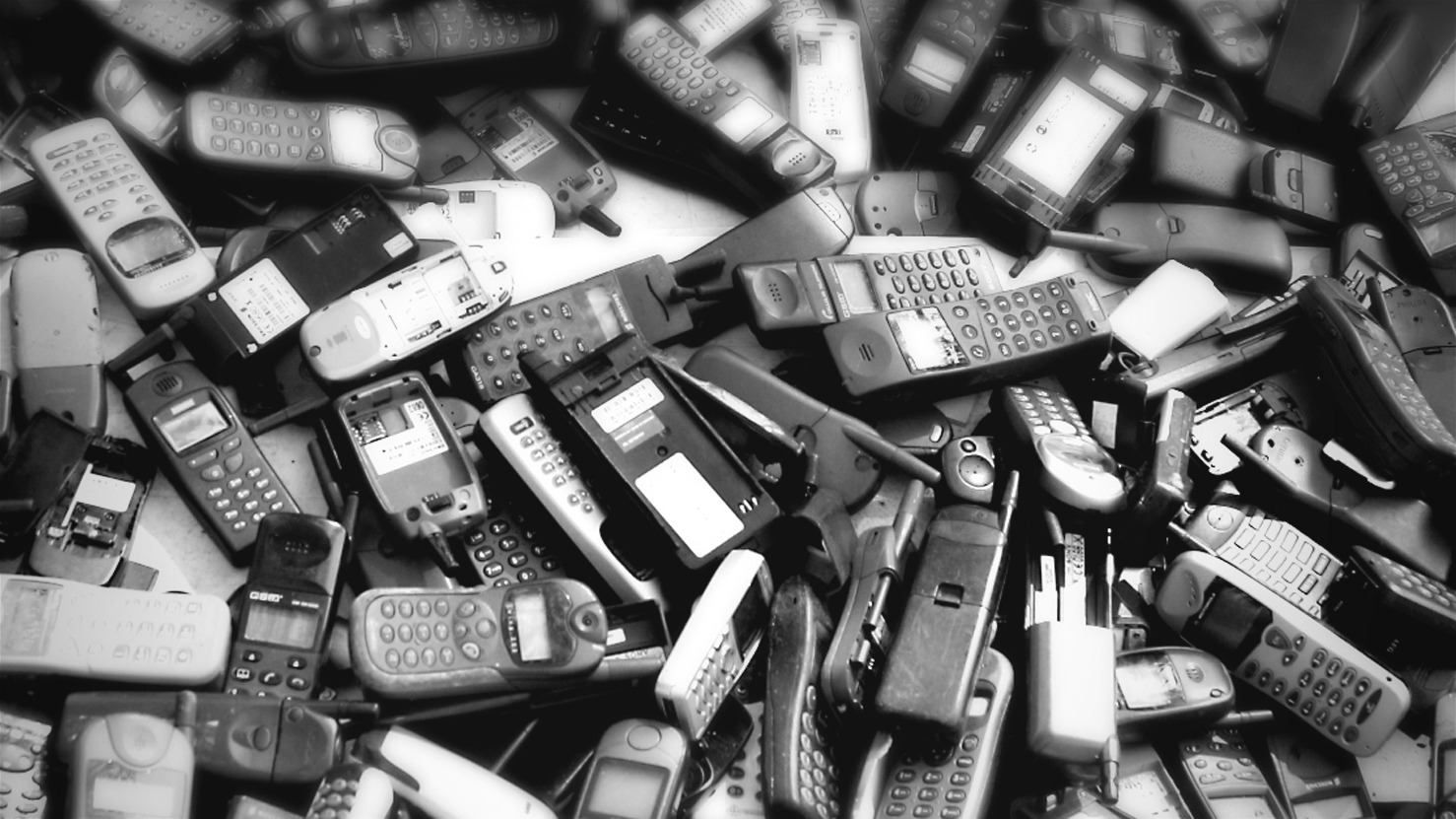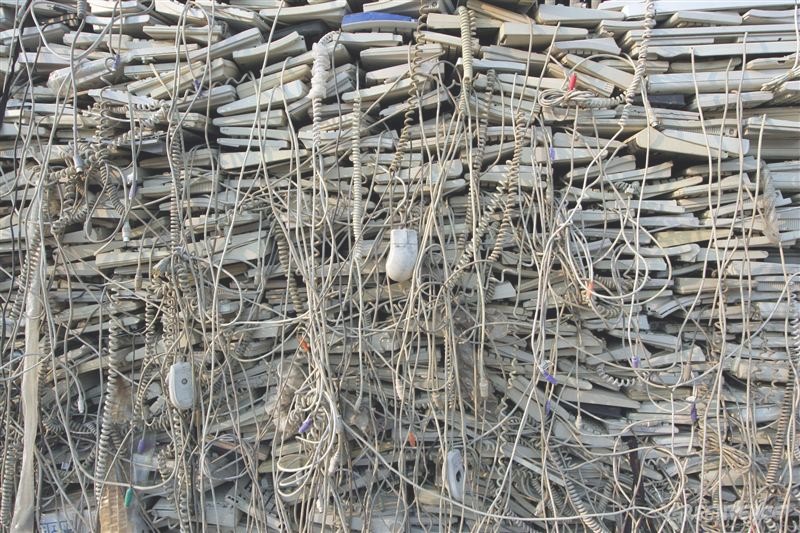
It’s no secret that e-waste is on the rise. While socially conscious companies are starting to ramp up design for disassembly or otherwise take a closer look at their supply chains, we’re still not exactly in a desirable place when it comes to a worldwide effort – as outlined in a new report from United Nations University.
With an increase in higher incomes and more affordable consumer electric devices, Asia’s e-waste has jumped 63% in the last 5 years alone.
During the period of the study (2010 to 2015), China’s e-waste more than doubled while Hong Kong generated the highest amount of e-waste with nearly 50 pounds of waste for every individual during 2015. Singapore and Taiwan were close behind with just over 40 pounds of waste per person. On the other end of the spectrum, Cambodia, Vietnam, and the Philippines generated an average of just over 2 pounds of e-waste per person.

Says the report:
Across all countries in the region, there is an overall trend in rising e-waste quantities that is outpacing population growth. This indicates an increasing number of products being disposed of, with the fastest growth in newly industrializing countries. The largest contributor is unsurprisingly China, given its large and increasingly affluent population that demands the latest gadgets and appliances.
Further, the report states that one of the biggest problems is a lack of infrastructure for taking back or processing the waste. Instead, the discarded hardware gets dumped, burned, or sent to the black market to be repurposed as a new device. Researchers suggest that a sustainable take-back and recycling system is needed in order to start reversing the damage.
To quote Dieter Rams, “(Good design) makes an important contribution to the preservation of the environment. It conserves resources and minimizes physical and visual pollution throughout the lifecycle of the product.”

While not every company has the means and technical know-how to create a line of disassembly robots, today’s designers and engineers have more than enough resources to take the steps necessary for ensuring that their products don’t end up as another statistic.
How are you taking small steps to design smarter products?





